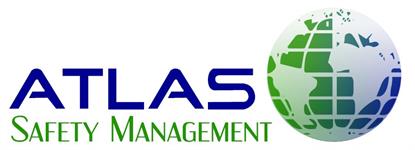Leptospirosis is a bacterial infection which is spread from animals to humans.
Almost any animal can carry this disease, they are not affected by it, and it is one
of the most widespread animal to human diseases in the world.
There are 2 main groups of Leptospirosis: Hardjo (found in cattle) and Weil’s
Disease (most commonly found in rats) the subject of this TBT.
Due to the amount of rats, housing and work locations, use of land, sewerage
systems, and waterways in the UK, the most up to date and comprehensive survey
suggests that you are never farther away than 50 m from a rat at any one time,
this makes the presence of Weil’s Disease a very real risk.
Weil’s Disease
• Present in the urine of infected rats.
• Although most predominant in tropical climates (up to 10 million cases worldwide per year)
there are still around 40 diagnosed cases of Weil’s Disease per year in the UK.
• Expected/Common Locations: Areas where demolition and refurb work are being
undertaken, ponds, canals, rivers, sewers and flood water.
• Enters the body through breaks in the skin (cuts, scratches, open wounds), or through the
lining of the mouth, nose eyes and throat.
• Contracted by contact with infected urine or contaminated water
• In the rare cases, Weil’s Disease can be fatal
• If contracted, symptoms are usually displayed within 3 days to 3 weeks of infection and can
last between 3 and 5 days.
• Early symptoms (Phase 1) are flu-like and include fever, headache, chills, muscular pain,
vomiting, rash.
• Phase 2: Initial symptoms reoccur, secondary/additional symptoms include jaundice, red
eyes, diarrhoea and abdominal pain. This can lead on to the development of meningitis,
bleeding into the lungs, liver, kidney, respiratory or heart failure.
• If symptoms occur, see your GP.
Planning & Preparation
• Look for evidence of infestation (rats are/have been present), droppings, chewed packaging,
smell etc
• If evidence is found, consider and treat the work area as High Risk – work accordingly
Control of the Risk:
Avoid:
• Hand to mouth or hand to face contact
• Contact with standing water
Cover up:
• Use appropriate protective gloves
• Use waterproof dressings to cover all cuts and scratches
• Make sure there is adequate first aid equipment available
Clean up:
• Make sure there is suitable washing facilities available
• If you get cut or scratched, wash the wound immediately with clean fresh water or cleansing
fluid.
• Follow a thorough & regular hygiene routine, eat, drink, rest & smoke away from the work
area.
• Keep the work area clean and free from anything which may attract and encourage rats i.e
dispose of properly all food and food containers etc
• Make sure your clothes don’t become a source of contamination
• Wash thoroughly after work


